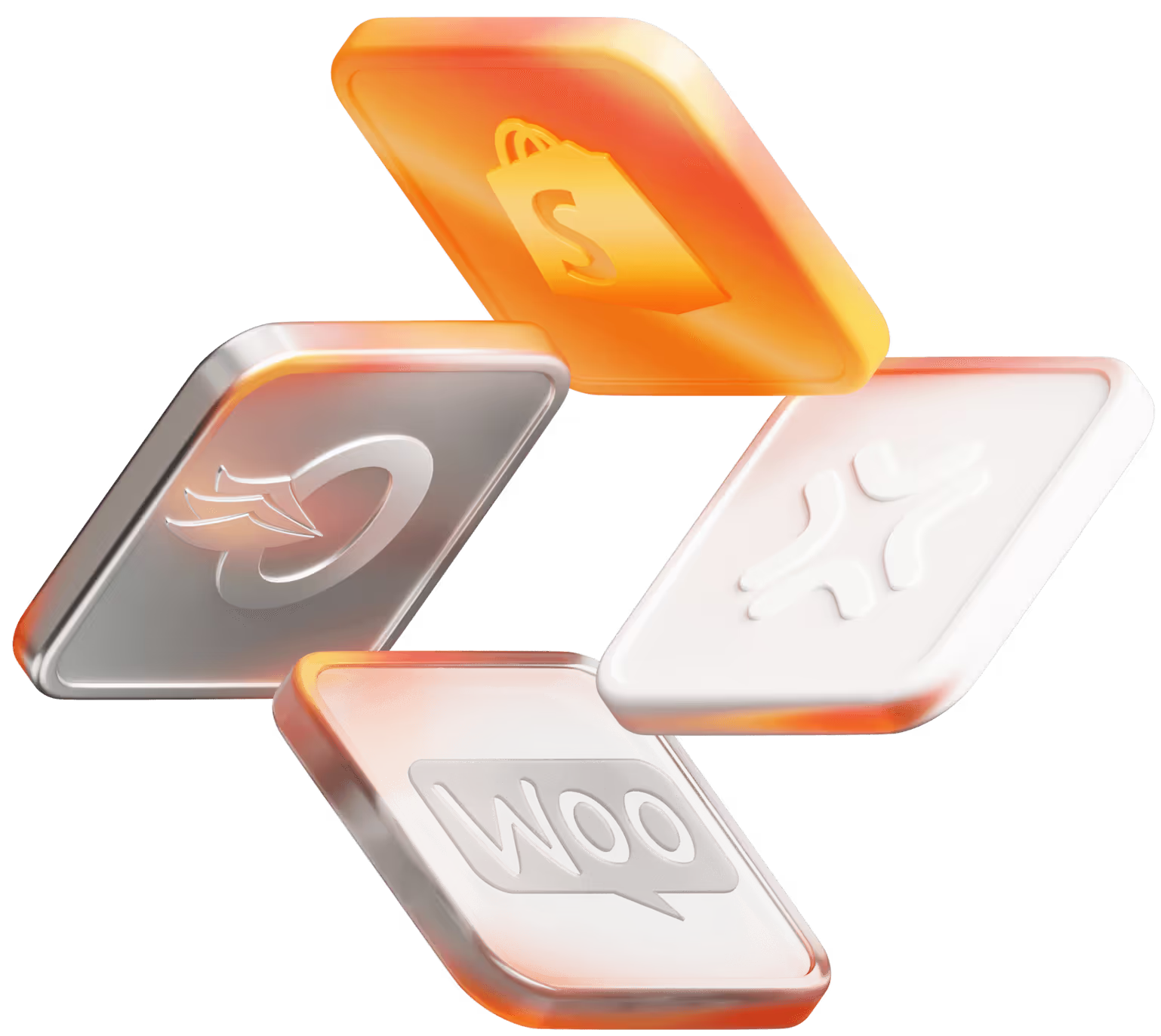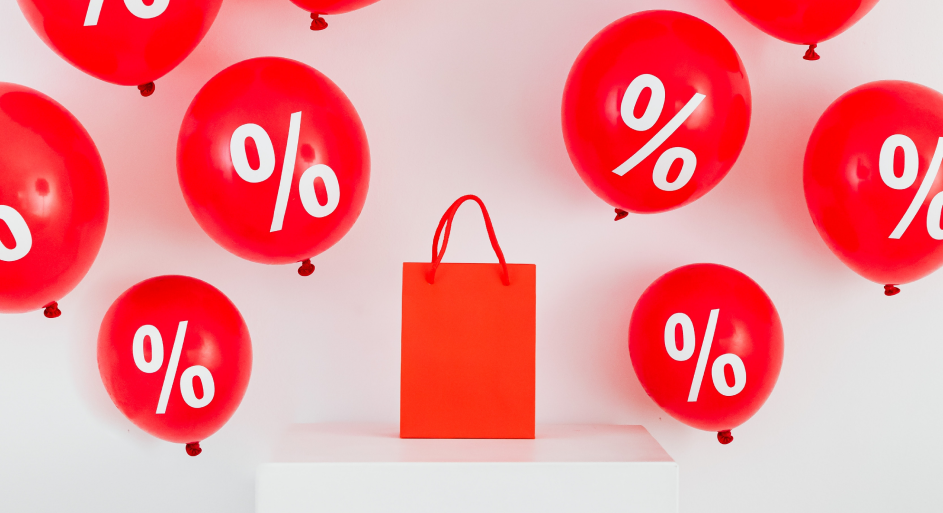COGS: Cost of goods sold for e-commerce
What is COGS? COGS stands for cost of goods sold. It is used to work out how much it costs to produce or acquire the products you sell.
.png)
Price setting can be challenging, even for the most established e-commerce brands. There's a lot to think about. The question is, how do you price your products high enough so that your e-commerce brand is profitable, but competitive enough for customers to see value and keep buying from you?
This is where using the Cost of Goods Sold (COGS) formula is critical when it comes to setting your prices. But what is COGS and how is it calculated?
What is COGS? Cost of goods sold definition
Cost of Goods Sold is a formula used to work out how much it costs to produce or acquire the products you sell. It's a formula that can only be used by companies that create products - including digital ones.
COGS includes the direct material and labor expenses that go into the production of the products you sell, and should not be confused with indirect expenses - more on this later.
The COGS formula is vital for determining your company's profitability. If you're selling items for less than your Cost of Goods Sold, you're not making money.
Why does cost of goods sold matter in e-commerce?
- Helps to determine gross profit
- Good number to have for investors
- Help you with decision making and efficiency
- Estimate your bottom line
The Cost of Goods Sold formula is widely used by a variety of industry sectors, e-commerce being one of them. When we say it's critical to e-commerce businesses, we're not overexaggerating. It's key to several areas of your business for:
- Determining gross profit
- Demonstrating profitability to investors and shareholders
- Making decisions and improving supply chain efficiency
- Estimating your bottom line
In the e-commerce space especially, there is a fine line between undercharging and overcharging. Both can put you out of business, which is why COGS has to be central to your e-commerce pricing strategy. Accurate COGS data will enable you to price your products strategically and to understand your financial performance.
If you're looking for investment for example, investors will want to know is your e-commerce business profitable? How long will it take to make back my investment? Is the business scalable? The COGS formula will help you present your figures to investors.
On a day-to-day basis, COGS data will help you to make strategic decisions. For example, if you identify cost inefficiencies in the production or acquiring of materials to make your products, you can make adjustments, save money and improve profitability in the process. The aim is to keep your COGS down. The higher your COGS, the lower your profit margins.
What is the difference between COGS and expenses?
The Cost of Goods Sold only relates to the money spent on acquiring or manufacturing the products you sell during a given period. As an e-commerce merchant, if you purchase your inventory from a third party, your COGS is equal to the costs associated with obtaining that inventory.
If you manufacture your own products, your COGS relate to the cost of producing your products - for example the cost of raw materials and labor.
Your expenses include all the other costs associated with operating your business like utilities, overhead costs, sales and marketing etc.
What is included in cost of goods sold?
Let's say you are an e-commerce brand that sells cosmetics, here's what's included in your COGS:
- The raw ingredients that go into your product
Whether you're having your product formulated or making it yourself or there's a cost involved in buying an existing formula, this would be included in your COGS.
- Machinery and equipment
All the machinery and equipment used to formulate and package your products counts towards your COGS.
- Labor for design, manufacturing and testing
The labor required to formulate, manufacture and test you products, design your packaging, and produce your labels would come under COGS.
- The packaging
If you're packaging your cosmetics products in bottles, jars, tubes or another type of container, plus any other external packaging - like a box or bag - this would be included in your COGS.
- Labeling and printing
Separate to your raw packaging costs is any labeling and printing costs associated with any labeling or printing required for external packaging and any inserts - like instructions on how to use the product.
What is not included in cost of goods sold?
Cost of Goods Sold is often confused with operating costs and expenses. To help you differentiate, here's what's not included in COGS:
- Marketing costs
The costs associated with promoting your brand and products through various marketing channels does not count toward your COGS.
- Overhead costs
Ongoing business expenses that cannot be attributed to a a specific activity are considered overheads. This includes rent, utilities, insurance etc. It doesn't matter if your overheads are fixed, variable or semi-variable, they do not count toward your COGS.
- Payroll
While labor costs directly associated with manufacturing or acquiring a product can be included in COGS, your entire payroll will not count toward your COGS.
- Delivery and distribution costs
The cost of delivering your products to customers is also excluded from COGS.
There are many other elements that are not included in COGS. As a general rule, all costs that are not directly associated with the manufacturing or acquiring of your products will not be included in your Cost of Goods Sold.
How to calculate cost of goods sold: the COGS formula
Your Cost of Goods Sold can be calculated using this formula:
Beginning inventory + purchases - ending inventory = COGS.
The formula represents the total cost of the inventory you have sold, and is calculated by adding together the variable cost of materials, labor and overheads associated with each unit of inventory you have sold.
Don’t get confused between the two: what is cost of sales?
Cost of Goods Sold is often confused with Cost of Sales. While the two are often falsely used interchangeably, there are differences.
Remember, COGS refers specifically to a company's costs to make products from parts or raw materials or acquire a product. Cost of Sales is the total cost of a business creating goods or services for purchase.
Here are some other key differences between COGS and Cost of Sales:
- Appearance on income statement
On an income statement, the Cost of Sales and COGS appear in different locations. COGS is listed after revenue, whereas Cost of Sales is included just before operating earnings over operating sales.
- Cost totals
Cost of Sales always amounts to more than COGS because Cost of Sales includes additional costs, while COGS is focused on a company's direct costs.
- Calculations
The calculation for COGS reflects the number of goods a company manufactures. The Cost of Sales calculation indicates the number of goods sold.
- Tax deductions
COGS can be deducted from a company's gross receipts to determine the yearly gross profit of a business, whereas Cost of Sales isn't tax deductible. While claiming COGS and other business expenses can increase tax deductions, it can lower business profits.
Making sure your COGS calculations are accurate
The key to making the COGS formula work for your e-commerce company is to ensure you have good, clean data. COGS can't account for inventory changes, which can mess up your calculations if the data's wrong to begin with.
The value and accuracy of your COGS will vary depending on the accounting method used to calculate your Cost of Goods Sold. To make COGS work in practice, you need a clear and consistent approach to valuing your inventory and accounting for your costs.
If you're a new e-commerce business you can calculate the value of your inventory by either its purchase price or by using the COGS formula we showed you earlier. If you use the COGS formula, the value of your starting inventory would be zero.
If you are an established e-commerce company, the value of your starting inventory would be the same as the value of your ending inventory from the previous year.
Approaches to COGS calculations: how warehousing methods can impact COGS
To help you calculate your COGS accurately, try these methods:
FIFO (first in, first out)
FIFO warehousing impacts COGS calculations by assuming that the oldest inventory items are sold first. This means that the Cost of Goods Sold will reflect the cost of the oldest inventory items, which may have been purchased at a lower price than the newer inventory items.
To calculate the FIFO value of your inventory and COGS, you will need to:
Calculate the cost of the oldest items in your inventory, then divide the cost by the total number of units purchased
This calculation will give you the FIFO unit cost per item, which you can then use to calculate your COGS and the value of your remaining inventory.
LIFO (last in, first out)
LIFO warehousing impacts COGS calculations by assuming that the newest inventory items are sold first. This means that the cost of goods sold will reflect the cost of the newest inventory items, which may have been purchased at a higher price than the older inventory items.
WAC (weighted average cost)
WAC warehousing impacts COGS calculations by assuming that the cost of goods sold is the weighted average of all inventory items. This means that the cost of goods sold will reflect the average cost of all inventory items, which may be different from the actual cost of the oldest or newest inventory items.
To calculate the weighted average cost you will need to divide the total cost of goods purchased by the number of units you have available for sale.
Conclusion
The Cost of Goods Sold formula can help you to determine an effective pricing strategy as an e-commerce merchant. However, it all rests on having good data and analytics to get it right. As your business grows, so do your inventory requirements, and if you don't keep on top of them, your costs will increase too.
The line between profitability or bust is a thin one. Trying to keep your costs down and make a profit is a fine balance in the current economic climate, especially if you're trying to do it alone. That's why working with a 3PL can help you keep on top of your operating costs, taking the worry off your mind and leaving you to focus on other key areas of your business.
In particular, an experienced 3PL can help you cope with rising costs and inflation pressures, helping you to save time and money by managing your supply chain operations and all the tasks associated with running your own logistics.
3PLs have their own warehouses, employees and inventory management systems in place to help you stay in control of costs and manage your operations more efficiently.








.jpeg)
.png)



.png)



.png)






.png)
.png)

.png)
